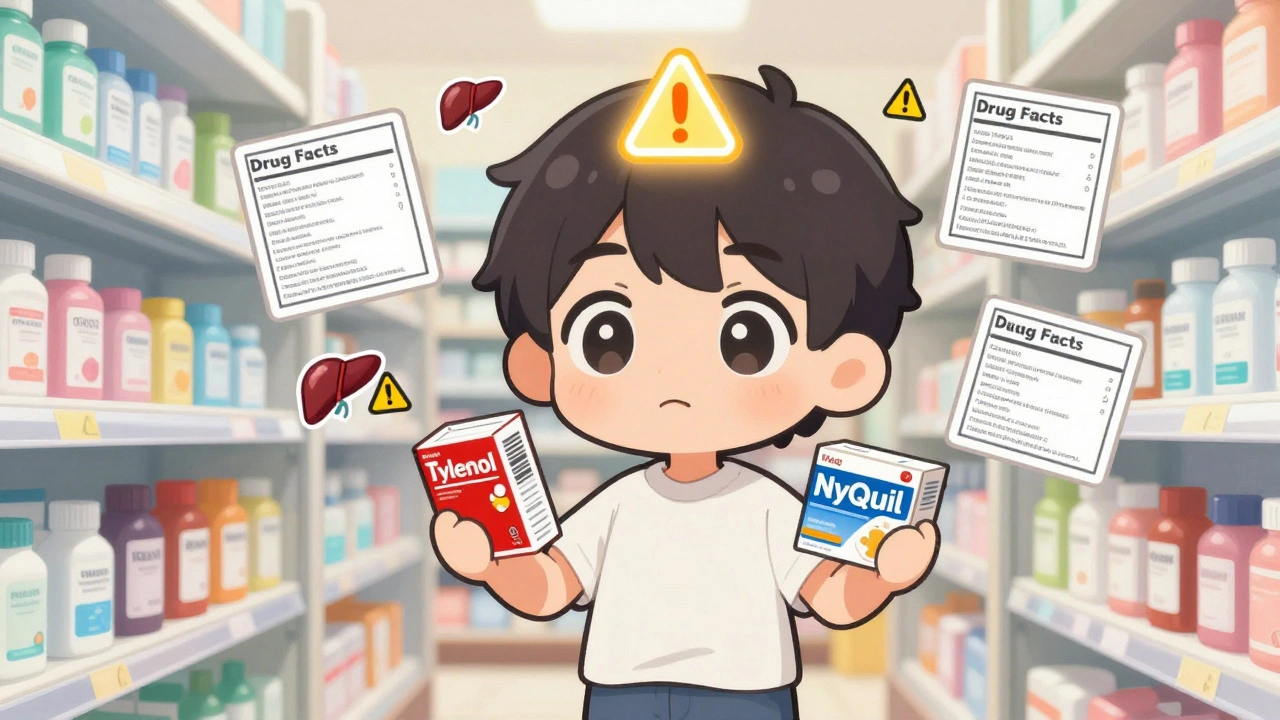Acromegaly: What It Is, How It Shows Up, and Ways to Treat It
If you’ve ever heard the term acromegaly and imagined a sci‑fi monster, you’re not alone. In reality, it’s a medical condition caused by too much growth hormone, usually from a benign pituitary tumor. The extra hormone makes bones and soft tissue grow bigger, but the changes happen slowly, so many people miss the early signs.
Spotting the Signs – What Symptoms to Watch For
The first clue is often a change in facial features. You might notice a larger jaw, deeper voice, or thicker skin that feels a bit rubbery. Hands and feet can swell; rings that used to fit may become tight. Many people also develop excessive sweating, headaches, or joint pain because the extra tissue puts pressure on surrounding structures.
Because these symptoms develop over years, they’re easy to write off as aging or weight gain. If you see a combination of these changes, especially a growing shoe size or a new prominence in the chin, it’s worth getting checked. A simple blood test for insulin‑like growth factor‑1 (IGF‑1) can flag an overactive pituitary.
How Doctors Confirm Acromegaly
Once blood work suggests high growth hormone, the next step is imaging. An MRI of the pituitary gland shows whether there’s a tumor and how big it is. Doctors also do an oral glucose tolerance test: normally, sugar intake should lower growth hormone, but in acromegaly it stays high.
Getting a clear diagnosis helps the medical team decide the best treatment route. The sooner you start, the easier it is to stop further tissue growth and reverse some of the changes.
Treatment Options – Cutting the Hormone at Its Source
The gold‑standard treatment is surgery to remove the pituitary tumor. A skilled neurosurgeon can often clear most of the tumor through the nose, using a minimally invasive approach. If surgery can’t remove the whole tumor, or if the tumor returns, medication steps in.
Medications work by blocking growth hormone production or its effects. Common drugs include somatostatin analogues (like octreotide) and growth‑hormone receptor antagonists (like pegvisomant). They’re taken as injections and can keep hormone levels in check.
Radiation therapy is another backup, especially if surgery and meds don’t fully control the disease. Modern techniques focus the beam precisely on the pituitary, minimizing damage to nearby tissue.
Living With Acromegaly – Practical Tips
Managing acromegaly isn’t just about medical treatment; lifestyle tweaks help too. Regular exercise keeps joints flexible and can reduce fatigue. A balanced diet rich in lean protein, fruits, and veggies supports overall health and may lessen insulin resistance, which sometimes accompanies the condition.
Keep track of any new symptoms and share them with your doctor. Even after treatment, hormone levels need monitoring, because the pituitary can behave unpredictably.
Support groups, whether online or in person, can be a great source of advice and encouragement. Hearing how others cope with the same challenges can make the journey feel less lonely.
Acromegaly may sound daunting, but with the right diagnosis, treatment, and day‑to‑day habits, most people can lead normal, active lives. If anything feels off, especially changes in your facial features or shoe size, don’t wait—talk to a healthcare professional today.




